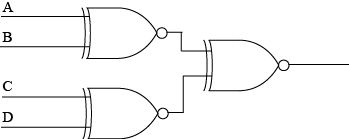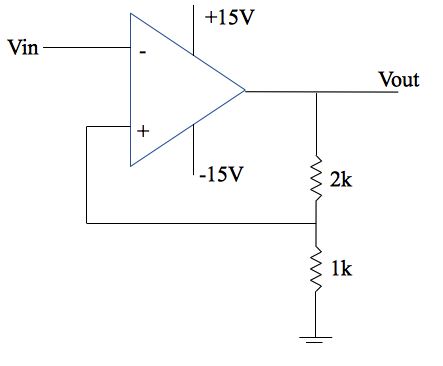In the following table problems are numbered Chapter#Problem so that 3#15 would be problem 15 in chapter 3. Multiple problems in one chaper will be separated by commas thus 2#2,3,4,6 refers to four problems in chapter 2.
Some assignments have extra problems or extra information for some of the book problems. you can find these extras by following the links. NOTE these are intrinsic parts of the homework and are NOT optional.
I have shaded in blue the assignments that have been completed.
H# |
Due |
Problems Assigned |
Extra |
1 |
1/30 |
2#1,2,3,4,7,8 |
|
2 |
2/6 |
2#5,6 |
|
3 |
2/13 |
4#4,6 |
|
4 |
2/20 |
8#1,2 |
|
5 |
2/27 |
7 #9 8 #3 10 #5 11 #3 12 #2 13 #2, 8 14 #1, 2 Comp 1#4, 5 |
|
6 |
3/6 |
5#7,8 |
|
7 |
3/13 |
5#6, 9, 10, 11 |
|
Spring Break |
|
||
H# |
Due |
Problems Assigned |
Extra |
8 |
4/10 |
6#4,5 |
H8 Prob 9 below. H8 Prob 10 below. |
| 9 |
4/17 |
5#12,13,14 |
H9 Prob 9 below. H9 Prob 10 below. |
| 10 |
4/26 |
7#3, 4 |
The last homework! |
H3 Prob. 12.
Write a computer program that sits reading characters from the serial port and echoing them back in the opposite case. That is, if the user types 'a' then the program should send back 'A', if the user types 'Q', the program should send back 'q', etc.
Hint: look at the ASCII table in computer chapter 1.
H4 Prob. 12.
Write a program that sits reading +ve integers from the serial port. It should stop when a negative number is entered and then it should print the largest and smallest values that were entered. Obviously it will then go back and ask for more input numbers and start over again.
Thus the interaction should look something like this
Enter numbers (-ve to end) 23 46 103 27 5 -1 The largest value was 103 and the smallest was 5. Enter numbers....
H5 Prob. 12
Write a program that sits reading single characters from the serial port. It should normally do nothing but any time the user enters the characters 'a', 's', and 'k' in that order, with no intervening characters, the program should print "Shan't!".
H6 Prob. 12
Write a program using the routines from the book to read two 16-bit hex numbers from the user and print their sum and difference in hex. Some credit will given for making the program user friendly with suitable prompts and output formatting.
H7 Prob. 11
Construct a truth table to demonstrate that the following circuit is a parity generator. That is, a circuit whose output tells us whether the number of inputs that are true is odd or even. Is the output true for even parity or odd parity?

H7 Prob. 12
Write routines called Space() and CRet() that send a single space or a carriage return/line feed pair to the serial port.
H8 Prob. 10
In Chapter 20 we believed in the first Golden Rule, that the inputs draw no
current. Now we are wiser we know that they actually draw a small Bias current.
Consider an inverting amplifier with input resistor 10k and feedback resistor 100k and
non-inverting input connected directly to ground. If we put a voltage of 0.10V on the
input what will be the output voltage
a) if we use an ideal op-amp,
b) if we use an op-amp with an input bias current of 1μA?
H8 Prob. 10
Write a program that allows the user to control the brightness of 2 LEDs (on PTB6&7) using single letter commands on the serial input.
H9 Prob. 9
9) Plot the relationship between Vin and Vout for the following circuit and explain your reasoning.

H9 Prob. 10
10) Write a program that uses 7 LEDs connected to port B bits 0-6 to count through the numbers 1-6 displaying the numbers as they would appear on a die. You need to specify how to arrange the LEDs and should count at about 3 counts per second.
